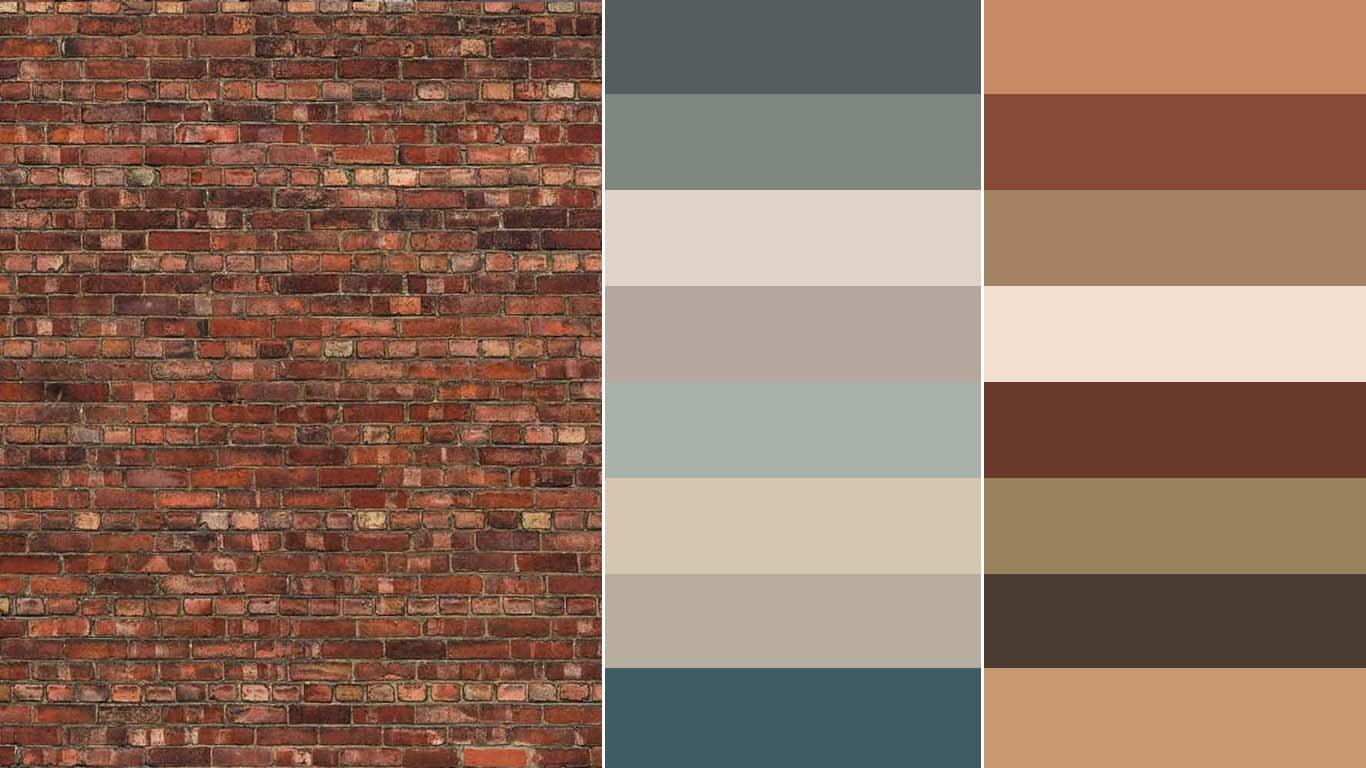One of the most classic exterior materials can be the hardest to design around – the varied colors and textures in the natural brick can make it complicated to find an obvious paint color pairing. The good news is that brick exteriors can be beautifully freshened up and brought to life again with the right paint combination.
Keep reading to get inspired and find some ideas for the perfect paint color to make your brick exterior shine.
I help my clients with redesigning both interiors and exteriors and in that mix I’ve been able to help with so many brick exteriors over the years. They are often my favorite transformations!
Here’s what I’ve learned after completing nearly 100 brick-focused exterior design projects:
Brick is made up of many colors & shades
This might seem obvious, but brick is a material that is not only full of different colors, but because of aging and exposure to elements, each color can have many shades within it. Once you layer in the texture of the brick and mortar itself, well, it’s a lot to try to simplify into one color.
Though this can be a challenge, the advantage to this is that there are many colors that can be picked from, paired with, highlighted, brought out, enhanced, or toned down. You have options!
Tip: try to find one color in the brick that you want to work with and enhance. If we do our job finding a nice paint pairing, this is the color that the brick will ‘read’ as from afar.
All of the colors shown here are found in this brick sample!
Natural brick pairs best with rich, earthy colors
The warm tones of brick are a match made in heaven for paint colors that have rich undertones. You can choose a warm or cool color, in my experience, and as long as the undertones are muddy, it will work well.
I tend to prefer cool pairings to act as a contrast to the brick, but if a warm color that creates a cohesive look with the warm brick is more your style, that can work as well.
You don’t have to use all neutral paint colors, either - just keep the ‘red / orange / yellow’ of the brick in mind as a color already in your palette.
Tip: look for shades of a color that are ‘grayish’ or ‘brownish’ to get that earthy look. Try to play with combinations focusing on one main brick color that you want to bring out.
Here I chose a paint color pairing for each of the brick colors found in the sample. Any one of these would look great with the brick as it pairs well with one of the subtle colors in the brick.
Brick adds enough texture to the exterior façade
The patina, richness and texture of brick add so much life to a home’s exterior. Natural materials add variety and complexity to otherwise flat and monolithic surfaces.
This gives you a built-in advantage: you can simplify the textures, patterns, and decorating details of your exterior and still have a visually interesting house. If you give the brick some breathing room, it tends to create a natural focal point for the façade of the house without needing many extra details added.
Tip: brick tends to look best with more simple details surrounding it. This could mean streamlining details like landscaping (1 shrub type repeated in rows or groupings rather than 5 different kinds scattered throughout), edging (clean simple lines in an understated material), décor (consider removing things like garden décor, signs, colorful and varied porch styling, etc. and instead having a few simple planters or porch chairs).
Below, see 5 paint combinations that work well with red brick.
There are lots of options for whatever you want to paint whether it’s the siding, front door, window trim, roof line & gutters, mailboxes or the deck!
1 - KENDALL CHARCOAL // REVERE PEWTER // COTTAGE RED
2 - WHITE DOVE // COLLINGWOOD // TRANQUILITY
3 - STONINGTON GRAY // WHITE DOVE // HALE NAVY
4 - UNUSUAL GRAY // ROCK BOTTOM // RIVERWAY
5 - COLLINGWOOD // IRON MOUNTAIN // TEMPLETON GRAY



































































